 Hey folks, tomorrow a whole host of solar bills are going into be heard in the Senate Business and Commerce Committee. Our friends over at Environment Texas have a petition up where you can show legislators your support for solar. The sun’s setting on this petition, so sign up today!
Hey folks, tomorrow a whole host of solar bills are going into be heard in the Senate Business and Commerce Committee. Our friends over at Environment Texas have a petition up where you can show legislators your support for solar. The sun’s setting on this petition, so sign up today!
From the horse’s mouth, here’s the email from Luke Metzger, Director of Environment Texas. Poetic, ain’t it?
With the first day of spring upon us, we’re already experiencing the warmth and life that the Texas sun provides.
For the first time, the Legislature is taking a serious look at using the sun to solve our energy problems by investing in solar power. With the right support, Texas could become a world leader in solar power, helping protect our environment and putting people back to work in good green jobs.
We can make it happen, but we need your help. Please sign our petition asking the Legislature to Go Solar!
Decisions made by policy makers in the next year will determine whether Texas can ride the solar wave, capturing the vast potential of solar power for our state. Texas has the best solar potential in the nation and we could power the entire state many times over with our abundant sunshine.
Texas should spur the development of solar power within the state by creating rebates and incentives to make it easier for homeowners and businesses to install solar on their rooftop, investing in solar for schools and large-scale solar farms, requiring utilities to pay consumers a fair price for surplus electricity generated, and prohibiting homeowners associations from blocking solar.
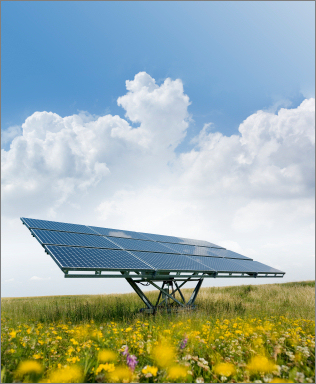 We’ve said before
We’ve said before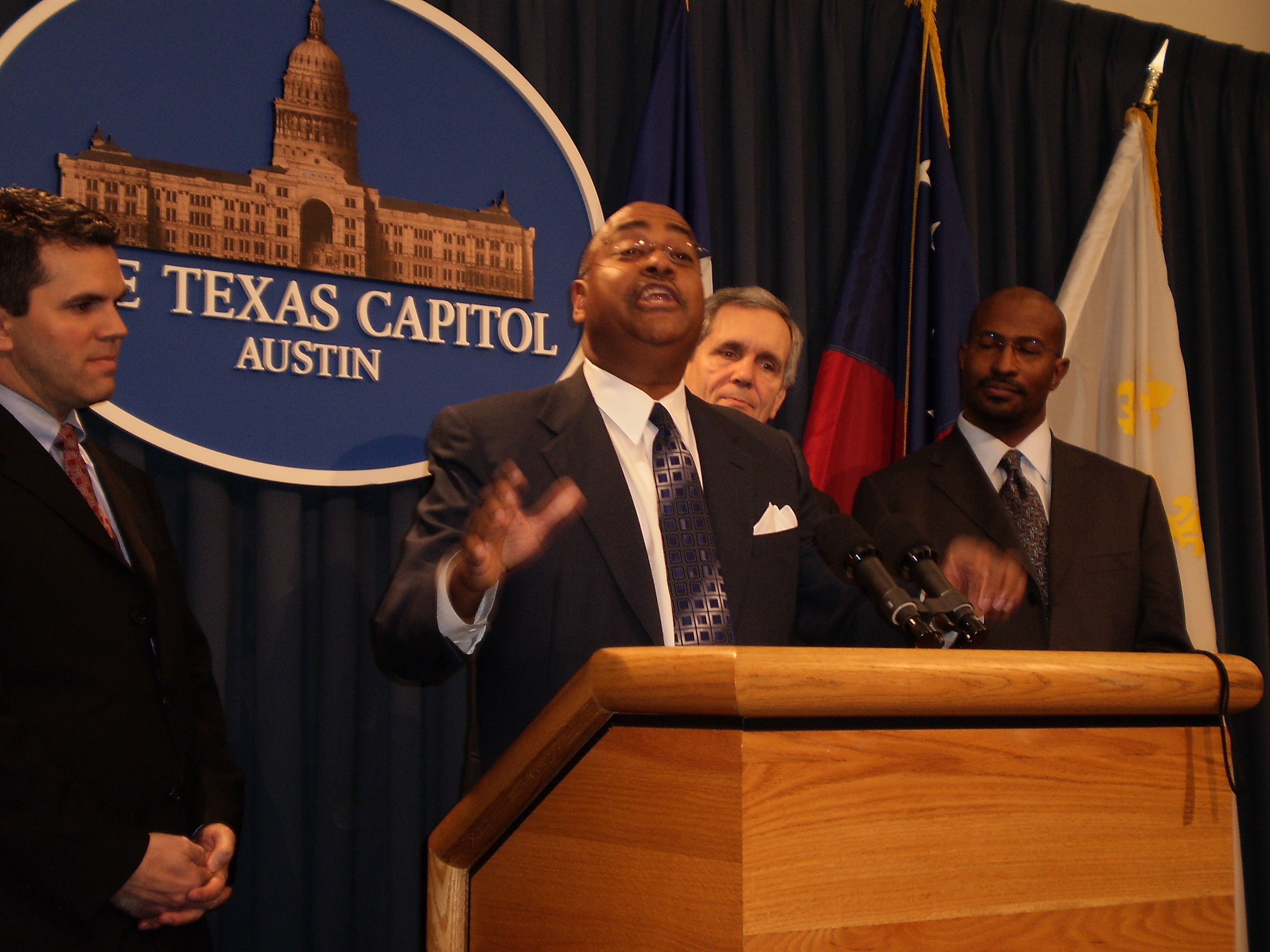 Bright and early yesterday morning, US Representative Lloyd Doggett, State Senator Rodney Ellis, State Representative Mark Strama, and environmental and civil rights advocate Van Jones stood together to tout the Alliance for a Clean Texas’ Texas Energy Future: Clean Jobs, Green Power Conference.
Bright and early yesterday morning, US Representative Lloyd Doggett, State Senator Rodney Ellis, State Representative Mark Strama, and environmental and civil rights advocate Van Jones stood together to tout the Alliance for a Clean Texas’ Texas Energy Future: Clean Jobs, Green Power Conference.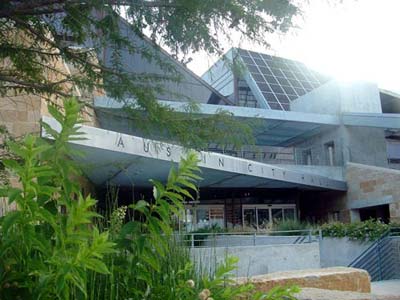
 Austin has long been a hub of the semiconductor industry because a generation ago, state legislators passed a package of incentives to lure silicon chip manufacturers to Texas. This created a high tech boom that has enriched Texans for over 20 years. But now thousands of those jobs are disappearing. The technologies involved to manufacture semiconductor chips and solar installations are very close, and business leaders believe that the semiconductor industry can actually be repurposed to produce solar. At the very least, the skill sets involved in one translate seamlessly into the other, so that individuals who lost semiconductor jobs are the perfect candidates for new solar jobs.
Austin has long been a hub of the semiconductor industry because a generation ago, state legislators passed a package of incentives to lure silicon chip manufacturers to Texas. This created a high tech boom that has enriched Texans for over 20 years. But now thousands of those jobs are disappearing. The technologies involved to manufacture semiconductor chips and solar installations are very close, and business leaders believe that the semiconductor industry can actually be repurposed to produce solar. At the very least, the skill sets involved in one translate seamlessly into the other, so that individuals who lost semiconductor jobs are the perfect candidates for new solar jobs.

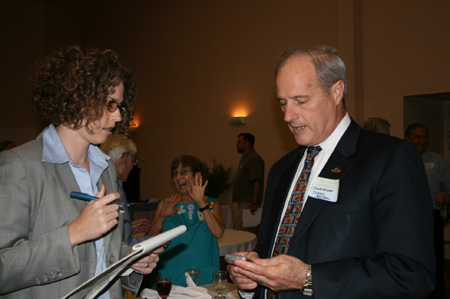
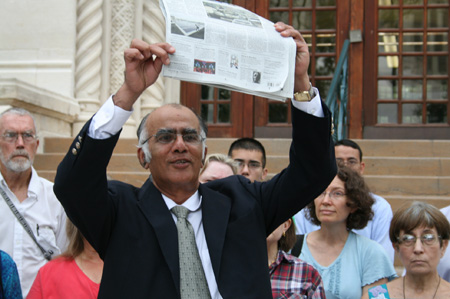
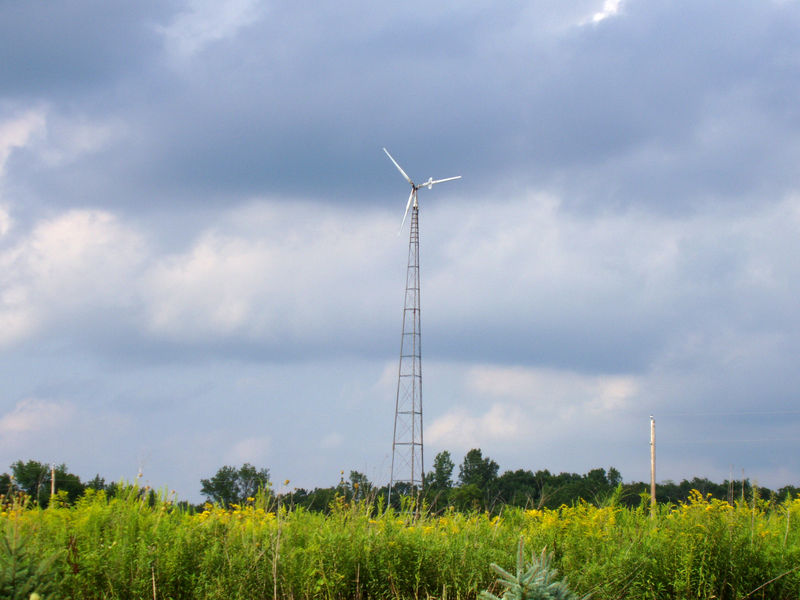 This Tuesday I spoke at the PUC’s public hearing on
This Tuesday I spoke at the PUC’s public hearing on 


